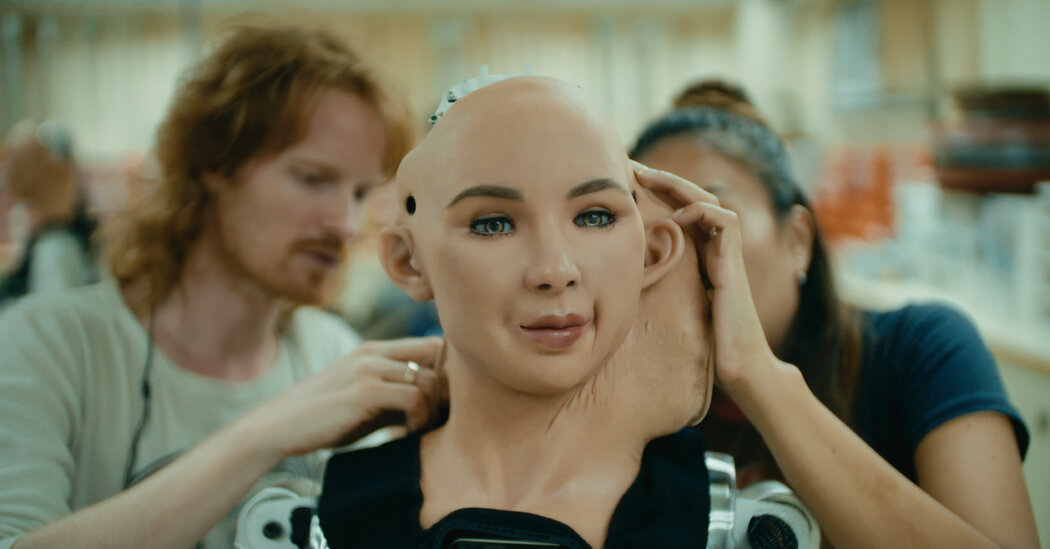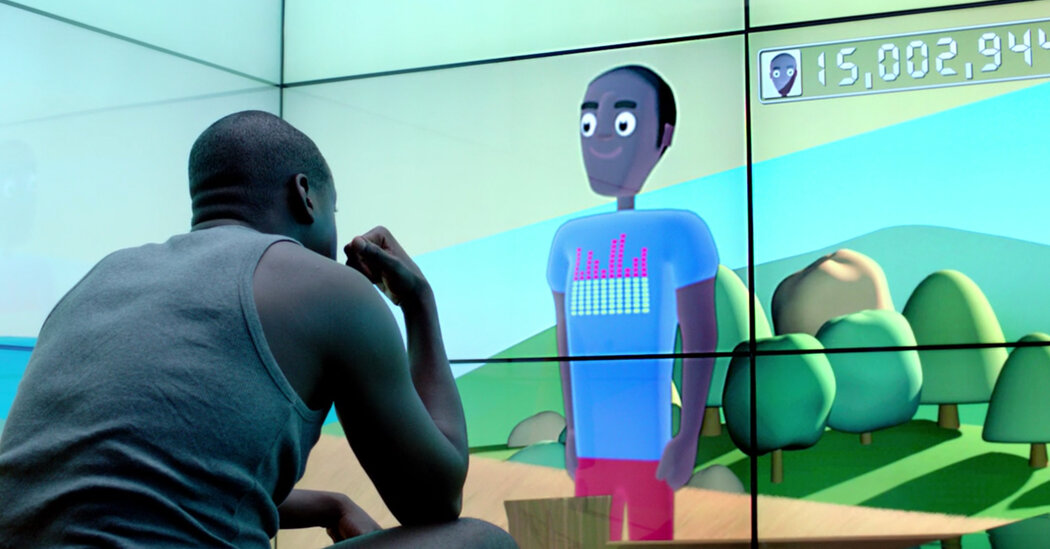Introduction to Sophia’s Citizenship and Publicity Stunts
In 2017, the world witnessed a groundbreaking yet controversial milestone when Sophia, an advanced humanoid robot developed by Hanson Robotics, was granted formal citizenship by Saudi Arabia. This unprecedented move garnered widespread media attention and sparked debates about the rights and recognition of artificial intelligence entities. Interestingly, at that time, human women in Saudi Arabia had only recently gained the right to drive, highlighting the stark contrast between technological symbolism and social progress. Sophia’s citizenship was largely viewed as a strategic publicity stunt designed to showcase Saudi Arabia’s openness to innovation and to position itself as a leader in the AI domain.
Since then, Sophia has become a prominent figure in the world of AI and robotics, often participating in high-profile events, including an appearance on “The Tonight Show” and auctioning her AI-generated art during the 2021 NFT craze. These stunts serve to elevate her profile and demonstrate the potentials—and the peculiarities—of artificial intelligence in modern society.
The Documentary ‘My Robot Sophia’: A Thoughtful Exploration
The documentary “My Robot Sophia” provides a compelling and nuanced portrayal of Sophia, steering clear of mere gimmicks. Instead, it offers a profound exploration into the intricate relationship between creator and creation, capitalism and innovation, and the ethical dilemmas surrounding AI. Much like Alex Garland’s fictional film “Ex Machina,” it probes the unsettling questions of consciousness, identity, and control within the realm of artificial beings.
The Human Behind the Machine
The film subtly reveals that Sophia’s existence is intricately linked to her creator, David Hanson, the visionary CEO of Hanson Robotics. Hanson is portrayed as both a technological innovator and a reflective artist, whose lifelong fascination with crafting lifelike masks has culminated in the development of Sophia. His studio is filled with an array of rubber faces and masks, many of which appear to be gazing upward with expressions ranging from awe to terror, capturing a sense of wonder and unease that underscores the film’s themes.
Visual Storytelling and Artistic Depth
The documentary employs rich visual storytelling, filled with subtle cues and symbolic imagery. These visual elements—often unnoticed if one is not paying close attention—serve as an artistic commentary on the intersection of humanity and artificiality. Directors Jon Kasbe and Crystal Moselle, known for their masterful storytelling in works like “When Lambs Become Lions,” “Skate Kitchen,” and “The Wolfpack,” bring patience and meticulous observation to the narrative, allowing viewers to see through their eyes and ponder the profound questions posed by Sophia’s existence.


